
Livingston: A Melting Pot of Cultures and Natural Beauty
Discover Livingston, Guatemala: A vibrant coastal town rich in Garífuna culture, stunning natural beauty, and unique experiences accessible only by boat.
Livingston, a vibrant town on Guatemala's Caribbean coast, is a unique blend of cultures and natural wonders. Known for its Garífuna heritage, this coastal gem offers an immersive experience into the traditions and lifestyle of the Garífuna people, descendants of African slaves and indigenous Carib and Arawak Indians. Their rich culture is reflected in the town's music, dance, and cuisine, making Livingston a must-visit for culture enthusiasts. The town is accessible only by boat, adding to its secluded charm. From Puerto Barrios or Rio Dulce, a scenic boat ride will bring you to this hidden paradise. Once there, you can explore its stunning natural attractions, including the Seven Altars waterfalls and the pristine Playa Blanca beach. The Rio Dulce National Park, with its lush jungle and abundant wildlife, is also within easy reach, offering a perfect setting for adventure seekers and nature lovers. Livingston's laid-back atmosphere and friendly locals make it an ideal destination for relaxation. Stroll through the colorful streets, sample local dishes like tapado (a coconut seafood stew), and enjoy the rhythmic sounds of Garífuna drumming. Whether you're looking to unwind or explore, Livingston provides a uniquely enriching travel experience.
Local tips in Livingston
- Bring cash: Many places in Livingston do not accept credit cards, and ATMs can be unreliable.
- Try the local cuisine: Don't miss out on traditional Garífuna dishes, especially the seafood stew called tapado.
- Pack insect repellent: The tropical climate means mosquitoes can be a nuisance, especially in the evening.
- Respect local customs: The Garífuna people have a rich cultural heritage, so be respectful and open-minded when engaging with locals.
- Plan for boat travel: Livingston is only accessible by boat, so check the boat schedules from Puerto Barrios or Rio Dulce in advance.
Livingston: A Melting Pot of Cultures and Natural Beauty
Livingston, a vibrant town on Guatemala's Caribbean coast, is a unique blend of cultures and natural wonders. Known for its Garífuna heritage, this coastal gem offers an immersive experience into the traditions and lifestyle of the Garífuna people, descendants of African slaves and indigenous Carib and Arawak Indians. Their rich culture is reflected in the town's music, dance, and cuisine, making Livingston a must-visit for culture enthusiasts. The town is accessible only by boat, adding to its secluded charm. From Puerto Barrios or Rio Dulce, a scenic boat ride will bring you to this hidden paradise. Once there, you can explore its stunning natural attractions, including the Seven Altars waterfalls and the pristine Playa Blanca beach. The Rio Dulce National Park, with its lush jungle and abundant wildlife, is also within easy reach, offering a perfect setting for adventure seekers and nature lovers. Livingston's laid-back atmosphere and friendly locals make it an ideal destination for relaxation. Stroll through the colorful streets, sample local dishes like tapado (a coconut seafood stew), and enjoy the rhythmic sounds of Garífuna drumming. Whether you're looking to unwind or explore, Livingston provides a uniquely enriching travel experience.
When is the best time to go to Livingston?
Iconic landmarks you can’t miss
Castillo de San Felipe de Lara
Explore the historic Castillo de San Felipe de Lara, a stunning castle overlooking Río Dulce, rich in history and surrounded by breathtaking natural beauty.

Hotel Villa Caribe
Discover the charm of Hotel Villa Caribe in Livingston, Guatemala – a tropical retreat blending relaxation, adventure, and rich local culture.
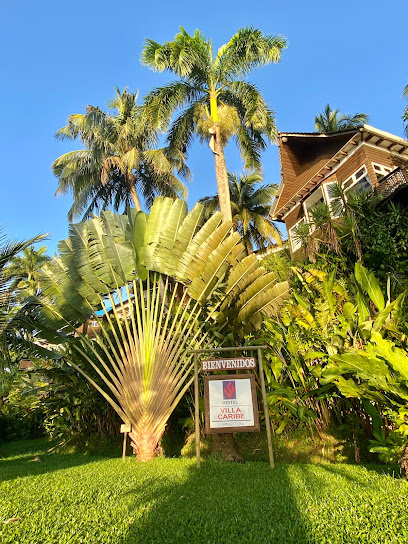
Biotopo Protegido Chocón Machacas
Experience the breathtaking biodiversity and serene beauty of Biotopo Protegido Chocón Machacas, a must-visit wildlife park in Guatemala.
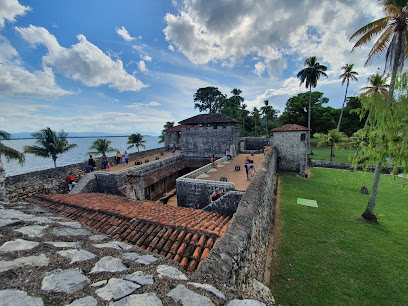
Playa Blanca
Experience the breathtaking beauty of Playa Blanca, a serene beach destination in Livingston, Guatemala, where relaxation and adventure await.
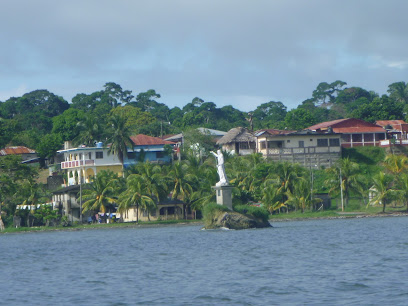
Hotel Casa Rosada
Discover tranquility and adventure at Hotel Casa Rosada, a luxurious hotel in the heart of Livingston, Guatemala, perfect for every traveler.
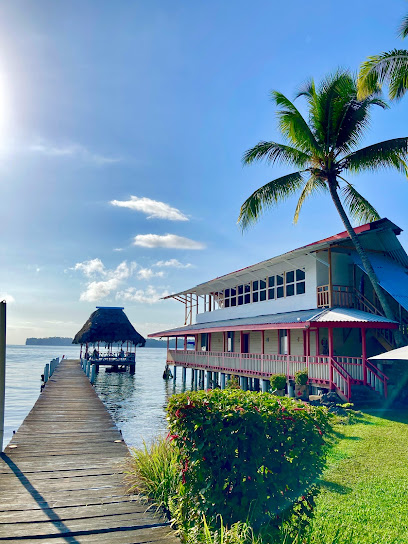
Buga Mama
Experience the rich flavors of Guatemalan cuisine at Buga Mama, a beloved restaurant in Livingston offering a warm atmosphere and delightful dishes.
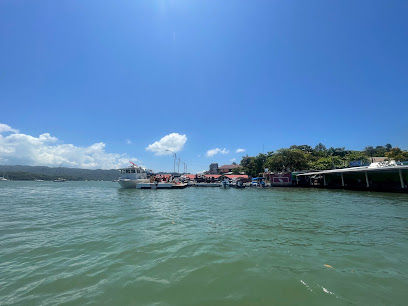
Siete Altares
Discover the breathtaking beauty of Siete Altares, a natural paradise with cascading waterfalls and crystal-clear pools, perfect for adventure and relaxation.
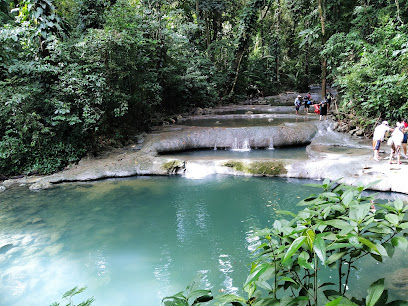
Punta de Palma
Experience the scenic beaches and vibrant atmosphere of Punta de Palma, a top tourist attraction in Puerto Barrios, Guatemala.
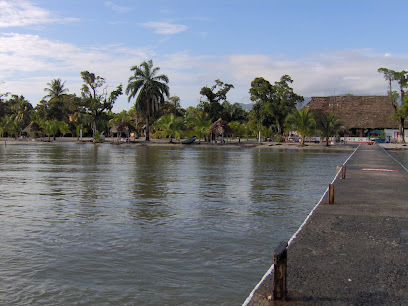
Hotel and Restaurant Casa Nostra
Discover the charm of Hotel and Restaurant Casa Nostra in Livingston, where comfort meets culinary delight amidst stunning surroundings.

Casa De La Iguana
Experience the vibrant culture of Livingston at Casa De La Iguana, your cozy retreat with easy access to the Caribbean's natural wonders.

Livingston Resort Hotel
Discover the tranquility and vibrant culture of Livingston at the Livingston Resort Hotel, your gateway to adventure and relaxation in Guatemala.

Finca Tatin Hotel
Experience the tranquility of nature at Finca Tatin Hotel in Livingston, Guatemala, where comfort meets eco-friendly hospitality.
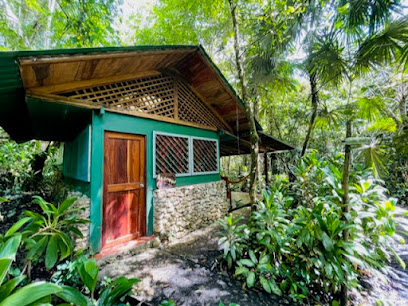
Rasta Mesa
Experience the vibrant flavors of Guatemala at Rasta Mesa, a culinary haven in Livingston, offering authentic local dishes in a welcoming atmosphere.
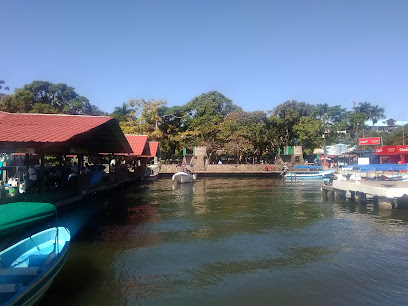
Happy Fish Travel
Explore the Caribbean coast of Guatemala with Happy Fish Travel, your trusted travel agency in Livingston for personalized tours and local adventures.
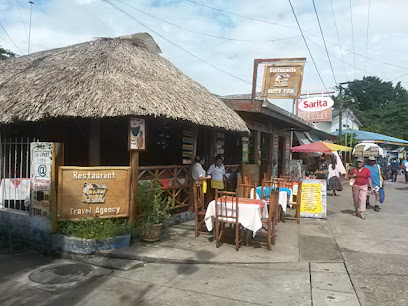
Playa blanca
Experience the serene beauty of Playa Blanca, a stunning beach in Livingston, Guatemala, perfect for relaxation and vibrant local culture.
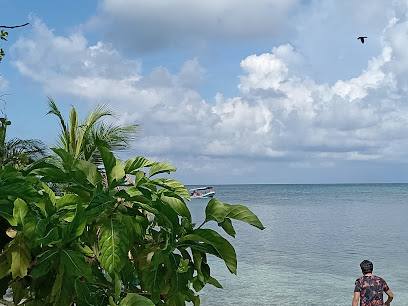
Unmissable attractions to see
Castillo de San Felipe de Lara
Explore Castillo de San Felipe de Lara, a historic fortress in Guatemala, where adventure meets the rich tapestry of Central American history amidst stunning landscapes.
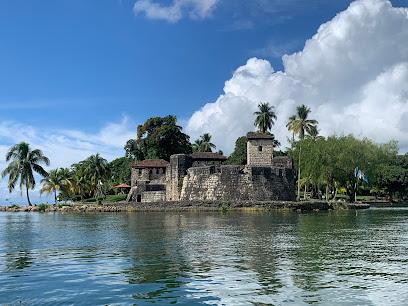
Playa Blanca
Experience the tranquil beauty of Playa Blanca, a stunning beach destination in Guatemala known for its pristine sands and vibrant marine life.
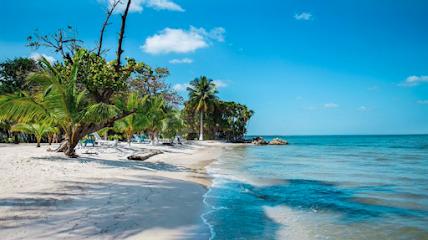
Biotopo Protegido Chocón Machacas
Explore the lush biodiversity of Biotopo Protegido Chocón Machacas, a wildlife park in Guatemala, and immerse yourself in nature's beauty and tranquility.

Playa Blanca
Discover Playa Blanca, a stunning beach in Livingston, Guatemala, known for its white sands, clear waters, and vibrant local culture.
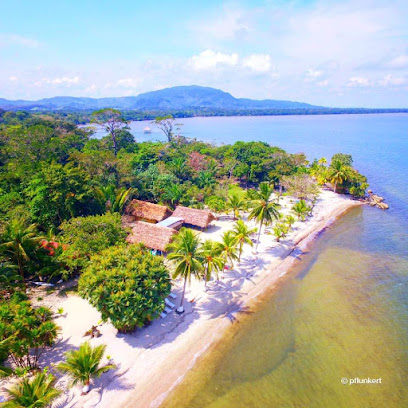
Grutas el Encanto
Experience breathtaking caves and rich biodiversity at Grutas el Encanto, a unique farmstay adventure in the heart of Guatemala's national reserve.
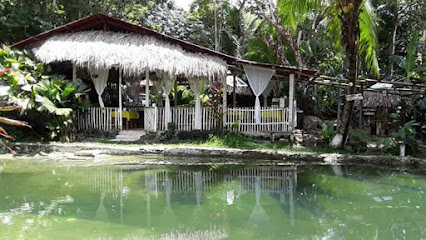
Warasa Garifuna Drum School
Discover the vibrant cultural heritage of the Garifuna people through music and dance at Warasa Garifuna Drum School in Punta Gorda.
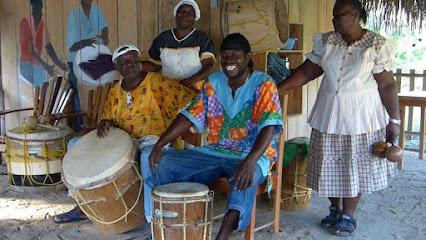
Essential places to dine
Restaurante Ranchon Mary
Experience authentic Guatemalan cuisine amidst stunning views at Restaurante Ranchon Mary in Río Dulce.
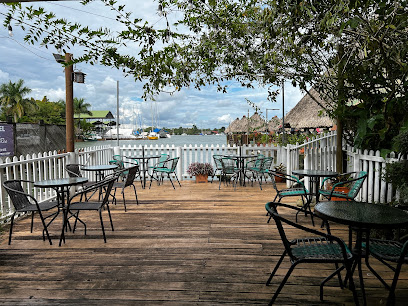
Restaurante Safari
Discover Restaurante Safari in Puerto Barrios - where fresh seafood meets Caribbean charm in a delightful dining experience.
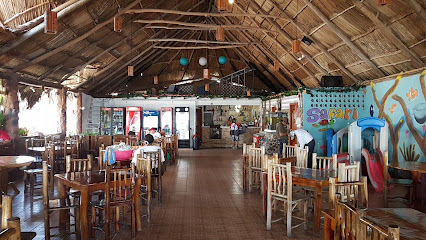
Sundog Cafe, Rio Dulce
Discover the flavors of Italy at Sundog Cafe in Rio Dulce, where every pizza tells a story of freshness and creativity.
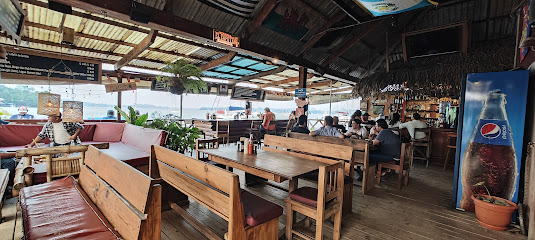
Antojitos DANA
Experience authentic Guatemalan cuisine at Antojitos DANA in Puerto Barrios – a culinary haven for food lovers seeking vibrant flavors.
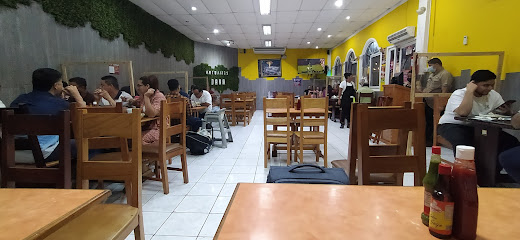
La Pesca Restaurant
Experience unforgettable seafood dining and vibrant nightlife at La Pesca Restaurant in Puerto Barrios—where culinary delights meet festive energy.
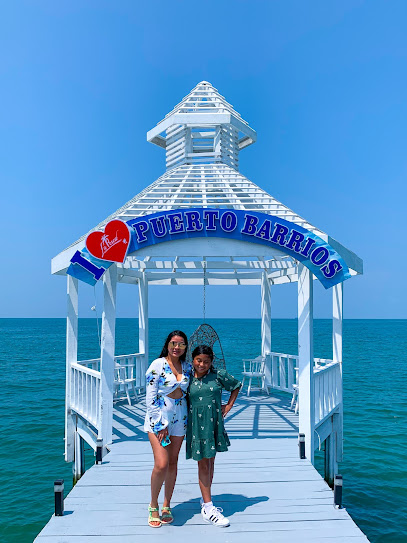
Restaurante El Viajero
Discover the authentic taste of Guatemala at Restaurante El Viajero in Livingston – where every dish tells a story.
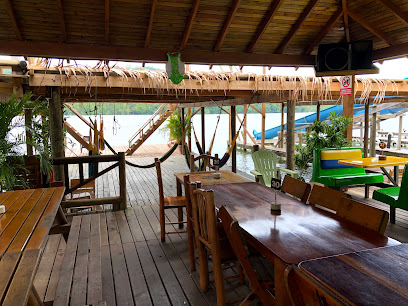
Hotel Salvador Gaviota
Discover comfort and local flavor at Hotel Salvador Gaviota – your perfect beachfront getaway in Lívingston, Guatemala.
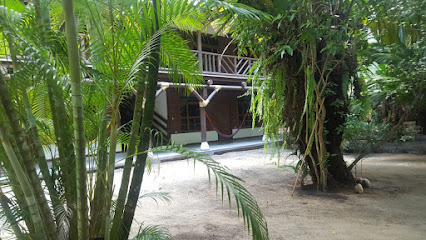
Tortugal Boutique River Lodge & Marina
Experience tranquility and adventure at Tortugal Boutique River Lodge & Marina in Rio Dulce National Park.

Buga Mama
Discover the vibrant flavors of Guatemala at Buga Mama in Livingston - where local ingredients meet global cuisine in a welcoming atmosphere.
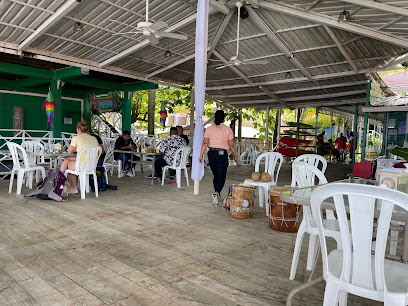
Hotel y Restaurant Happy Fish
Experience delightful cuisine and captivating tours at Hotel y Restaurant Happy Fish in Livingston - your gateway to Guatemala's culinary and natural wonders.

Las Tres Garifunas
Discover authentic Caribbean cuisine at Las Tres Garifunas in Livingston – where flavor meets culture in every dish.
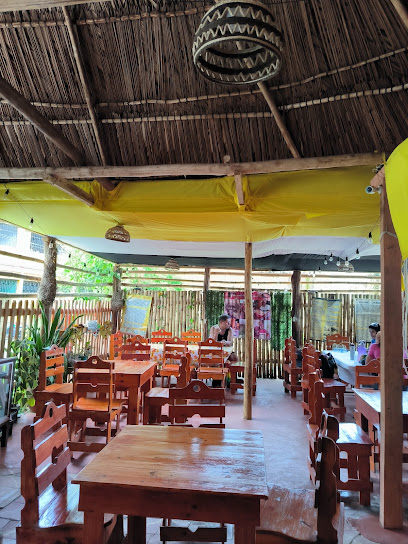
Tenamit Maya
Experience culinary excellence and ecological beauty at Tenamit Maya in Izabal - where nature meets culture.
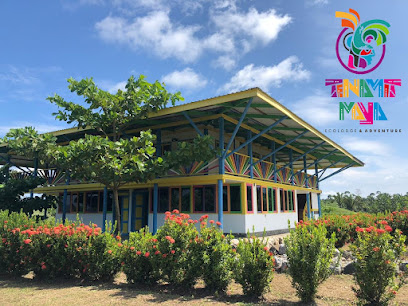
restaurant Gaby
Experience authentic Guatemalan flavors at Restaurant Gaby in Livingston – where every meal tells a story.
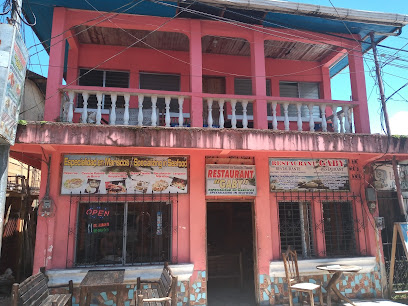
Antojitos Gaby
Experience authentic Guatemalan flavors at Antojitos Gaby in Livingston - a must-visit culinary gem for every traveler.
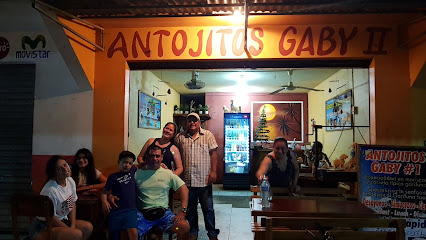
Happy Fish Restaurant
Experience authentic Guatemalan flavors at Happy Fish Restaurant in Livingston – where fresh seafood meets warm hospitality.
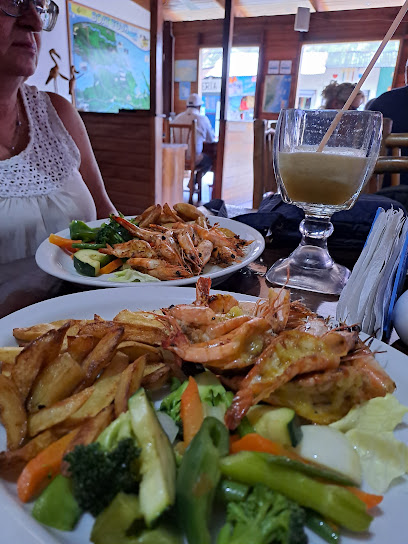
Markets, malls and hidden boutiques
Tienda Las Fuentes
Experience local culture and delicious empanadas at Tienda Las Fuentes, the charming general store in Livingston.
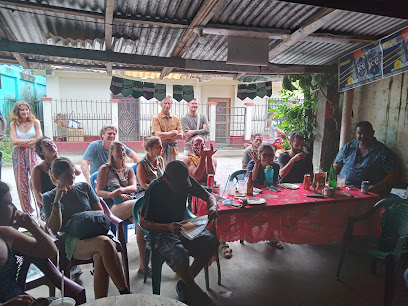
ServiFer Ferreteria
Explore ServiFer Ferreteria in Livingston for quality tools and hardware essentials, perfect for every DIY project and professional need.
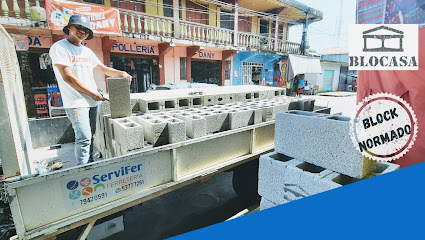
Súper 7
Discover the vibrant offerings of Súper 7 in Livingston - a unique blend of state liquor store and shopping mall showcasing Guatemalan treasures.
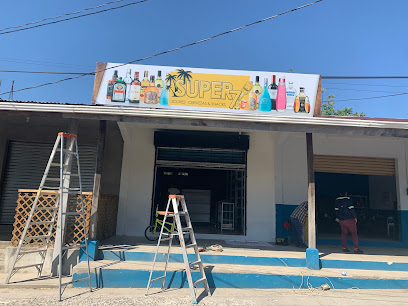
Deli Cake
Experience the cozy charm of Deli Cake, Livingston's favorite coffee shop, serving delectable pastries and aromatic brews in a welcoming atmosphere.

Tienda Esmeralda
Experience local flavors at Tienda Esmeralda, a charming grocery store in Livingston, Guatemala, offering fresh produce and unique local products.

Variedades D&D Livingston
Discover the perfect footwear at Variedades D&D Livingston, your go-to shoe store for style and comfort in Guatemala's vibrant Livingston.
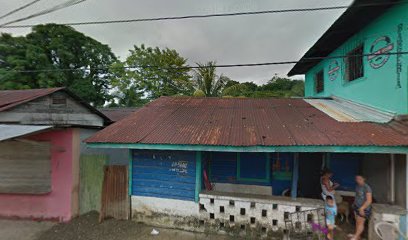
Farmacia Livingston
Explore Livingston's vibrant culture while ensuring your health with diverse offerings at Farmacia Livingston.
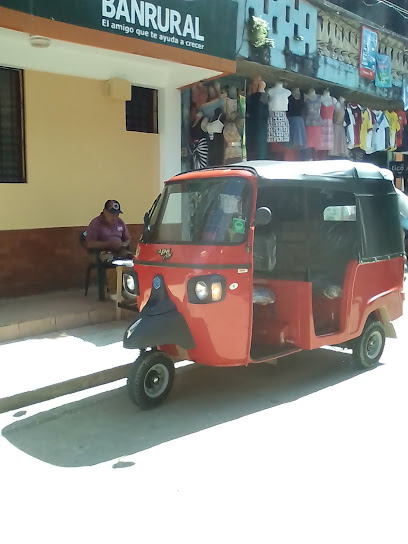
Super 24 Livingston
Explore local flavors and essentials at Super 24 Livingston, your convenient stop in the heart of Guatemala's vibrant town.
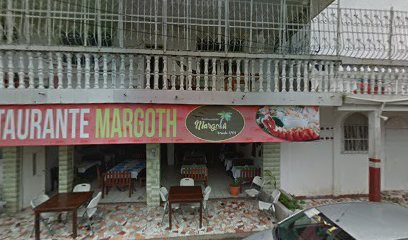
Vuelve mujer
Experience the warm ambiance and delightful local flavors at Vuelve Mujer, the perfect coffee shop in Livingston, Guatemala.
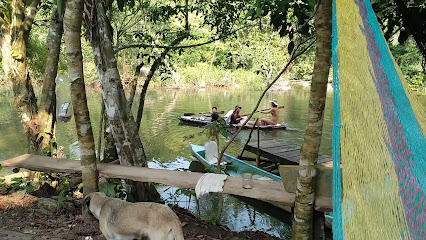
tienda Herrera
Explore the vibrant Tienda Herrera in Livingston, where local crafts, culture, and delicious flavors come together in a unique shopping experience.
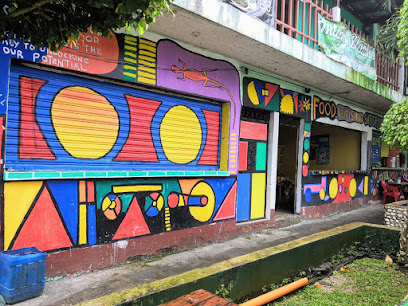
Comercial Muelle La Buga
Explore the vibrant and unique fashion accessories at Comercial Muelle La Buga in Livingston, where local craftsmanship meets contemporary design.
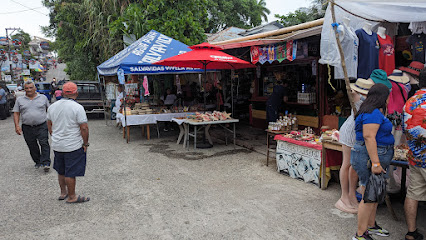
Livingstour Travel Agency
Discover Livingston's breathtaking landscapes and rich culture with Livingstour Travel Agency's diverse tours and excursions.

Variedades Moniquita
Explore Variedades Moniquita in Livingston for unique local crafts and authentic Guatemalan products that reflect the region's vibrant culture.
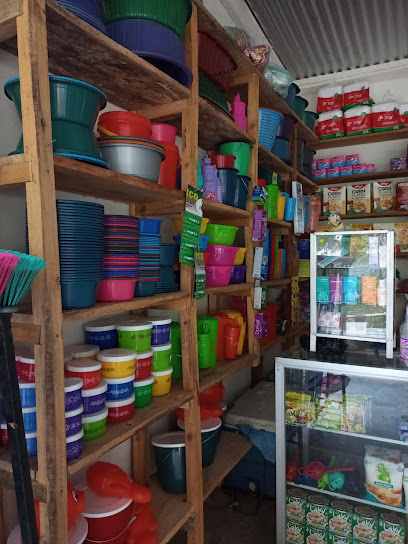
Pastelería Livingston
Discover the sweet taste of Livingston at Pastelería Livingston, where every bite is a delightful experience of local flavors and craftsmanship.
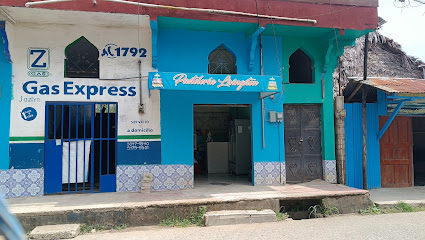
Tienda Rubenia
Discover the local flavors of Livingston at Tienda Rubenia, your go-to grocery store for fresh produce and unique artisanal products.
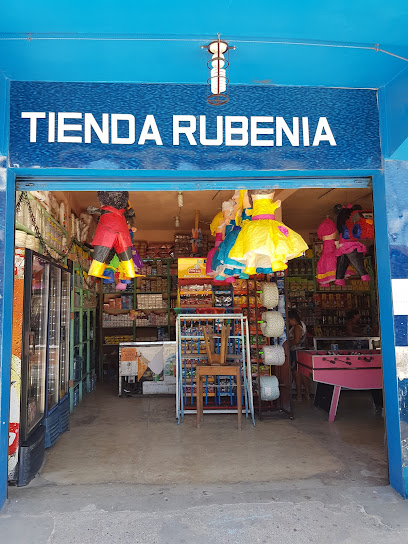
Essential bars & hidden hideouts
Buga Mama
Discover the vibrant flavors of Guatemala at Buga Mama, a must-visit restaurant in Livingston offering authentic dishes and a warm atmosphere.
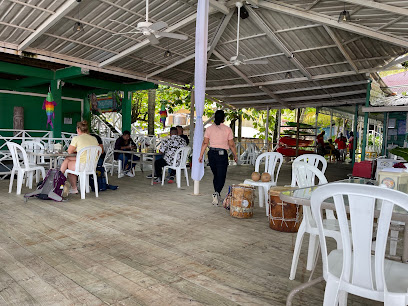
Hotel and Restaurant Casa Nostra
Experience the perfect blend of comfort and local flavor at Hotel and Restaurant Casa Nostra in Livingston, Guatemala.

Hotel y Restaurant Happy Fish
Discover the flavors and sights of Livingston at Hotel y Restaurant Happy Fish, where delicious seafood meets stunning coastal views.
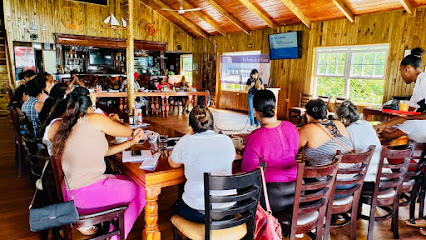
Mar Marine Yacht Club
Experience the perfect blend of relaxation and adventure at Mar Marine Yacht Club, nestled along the beautiful Rio Dulce in Guatemala.
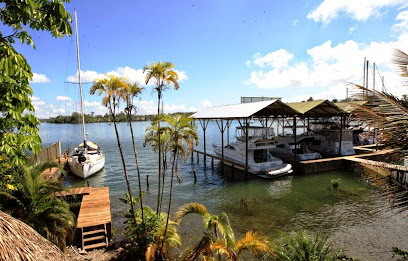
Restaurante Margoth
Discover the rich flavors of Guatemala at Restaurante Margoth, a culinary haven in the heart of Livingston, offering authentic local dishes in a cozy atmosphere.
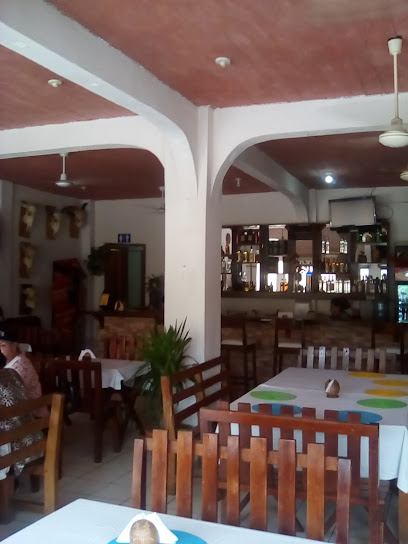
Gamboa Place
Discover the flavors of Guatemala at Gamboa Place, Livingston's premier dining destination with a fusion of local and international cuisine.
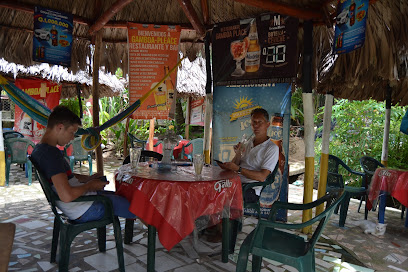
Happy Fish Travel
Discover the best of Livingston with Happy Fish Travel – your ultimate guide to local adventures and cultural experiences.
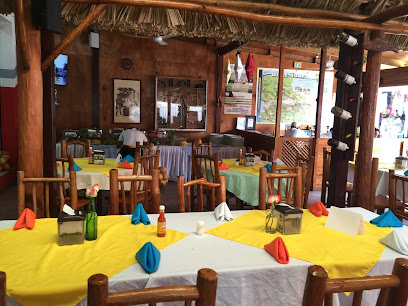
Dugu Bar
Experience the vibrant atmosphere and local flavors at Dugu Bar, the perfect retreat for tourists in Livingston, Guatemala.
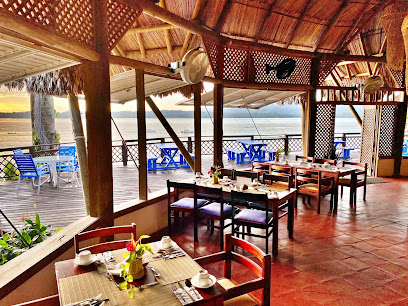
Chillout
Discover tranquility at Chillout, a cozy bar in Livingston offering refreshing drinks and local flavors for an unforgettable experience.
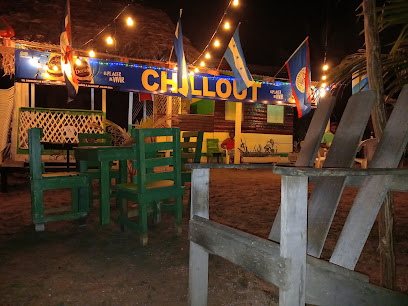
BAR TERAPIA
Experience the lively atmosphere and exquisite cocktails at Bar Terapia, Livingston's premier bar for relaxation and socializing.
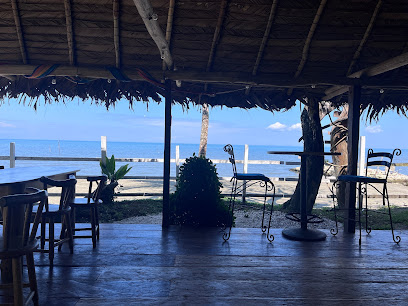
Restaurante y Discoteca Los Pinchos
Experience the vibrant culture of Guatemala at Restaurante y Discoteca Los Pinchos, where delicious cuisine meets lively nightlife in the heart of Lívingston.
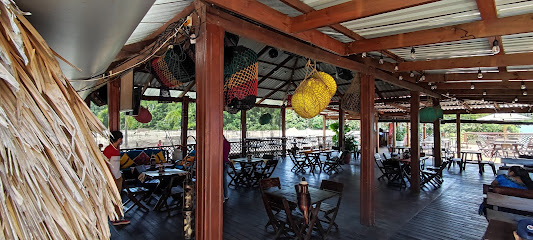
Bahía azul, playa quehueche
Experience the stunning beauty and tranquility of Bahía Azul, Playa Quehueche, a perfect beachside escape in Livingston, Guatemala.
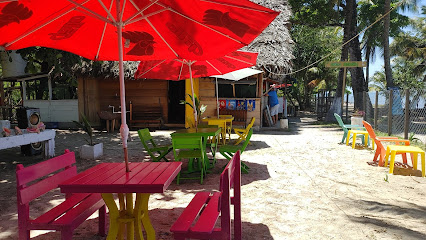
Bar Beluba Neruba
Explore the vibrant nightlife of Livingston at Bar Beluba Neruba, where refreshing drinks and local culture come alive.
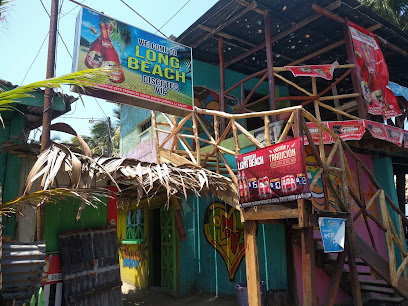
X-Tasis, La Playa
Discover the vibrant atmosphere of X-Tasis in Livingston: a beach bar offering stunning views, refreshing cocktails, and a taste of local culture.
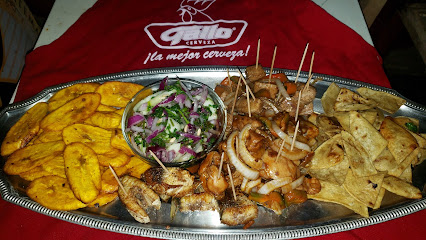
Healthy Food Livingston Mc Tropic
Discover a tropical haven of healthy eating at Healthy Food Livingston Mc Tropic, offering vegan, vegetarian, and gluten-free delights in Livingston.
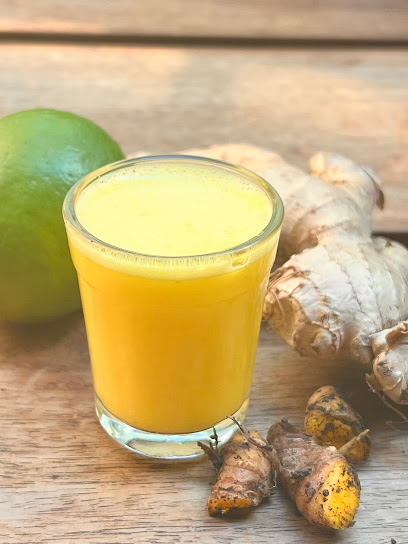
Local Phrases
-
- HelloBuenos días
[Bweh-nos dee-ahs] - GoodbyeAdiós
[Ah-dee-ohs] - YesSí
[See] - NoNo
[Noh] - Please/You're welcomePor favor/De nada
[Pohr fah-vohr/Deh nah-dah] - Thank youGracias
[Grah-see-ahs] - Excuse me/SorryPerdón
[Pair-dohn] - How are you?¿Cómo está?
[Koh-moh ehs-tah] - Fine. And you?Bien. ¿Y usted?
[Byen. Ee oos-tehd] - Do you speak English?¿Habla inglés?
[Ah-blah een-glehs] - I don't understandNo entiendo
[Noh ehn-tyen-doh]
- HelloBuenos días
-
- I'd like to see the menu, pleaseMe gustaría ver el menú, por favor
[Meh goos-tah-ree-ah vehr ehl meh-noo, pohr fah-vohr] - I don't eat meatNo como carne
[Noh koh-moh kahr-neh] - Cheers!Salud!
[Sah-lood] - I would like to pay, pleaseMe gustaría pagar, por favor
[Meh goos-tah-ree-ah pah-gahr, pohr fah-vohr]
- I'd like to see the menu, pleaseMe gustaría ver el menú, por favor
-
- Help!¡Ayuda!
[Ah-yoo-dah] - Go away!¡Vete!
[Veh-teh] - Call the Police!¡Llama a la Policía!
[Yah-mah ah lah Poh-lee-see-ah] - Call a doctor!¡Llama a un doctor!
[Yah-mah ah oon dohk-tohr] - I'm lostEstoy perdido
[Ehs-toy pair-dee-doh] - I'm illEstoy enfermo
[Ehs-toy ehn-fehr-moh]
- Help!¡Ayuda!
-
- I'd like to buy...Me gustaría comprar...
[Meh goos-tah-ree-ah kohm-prahr...] - I'm just lookingSolo estoy mirando
[Soh-loh ehs-toy mee-rahn-doh] - How much is it?¿Cuánto cuesta?
[Kwahn-toh kwehs-tah] - That's too expensiveEsto es demasiado caro
[Ehs-toh ehs deh-mah-see-ah-doh kah-roh] - Can you lower the price?¿Puede rebajar el precio?
[Pweh-deh reh-bah-hahr ehl pree-syoh]
- I'd like to buy...Me gustaría comprar...
-
- What time is it?¿Qué hora es?
[Keh oh-rah ehs] - It's one o'clockEs la una
[Ehs lah oo-nah] - Half past (10)Las diez y media
[Lahs dyehs ee meh-dee-ah] - MorningMañana
[Mah-nyah-nah] - AfternoonTarde
[Tahr-deh] - EveningNoche
[Noh-cheh] - YesterdayAyer
[Ah-yehr] - TodayHoy
[Oy] - TomorrowMañana
[Mah-nyah-nah] - 1Uno
[Oo-noh] - 2Dos
[Dohs] - 3Tres
[Trehs] - 4Cuatro
[Kwah-troh] - 5Cinco
[Seen-koh] - 6Seis
[Seh-ees] - 7Siete
[Syeh-teh] - 8Ocho
[Oh-choh] - 9Nueve
[Nweh-veh] - 10Diez
[Dyehs]
- What time is it?¿Qué hora es?
-
- Where's a/the...?¿Dónde está...?
[Dohn-deh ehs-tah] - What's the address?¿Cuál es la dirección?
[Kwahl ehs lah dee-rehk-syohn] - Can you show me (on the map)?¿Puede mostrarme (en el mapa)?
[Pweh-deh mohs-trahr-meh (ehn ehl mah-pah)] - When's the next (bus)?¿Cuándo es el próximo (autobús)?
[Kwahn-doh ehs ehl proh-ksee-moh (ow-toh-boos)] - A ticket (to ....)Un boleto (a ...)
[Oon boh-leh-toh (ah ...)]
- Where's a/the...?¿Dónde está...?
History of Livingston
-
Livingston, located on the Caribbean coast of Guatemala, was founded in the early 19th century. It was established primarily as a port town to facilitate trade and transportation. Its strategic location at the mouth of the Río Dulce made it an essential hub for commerce and communication between the Caribbean Sea and the interior regions of Guatemala.
-
One of the most significant events in Livingston's history was the arrival of the Garifuna people in the early 19th century. The Garifuna, a unique ethnic group descended from African slaves and indigenous Carib and Arawak people, were deported from the island of St. Vincent by the British. They settled in various parts of Central America, including Livingston. The Garifuna have since played a crucial role in shaping the cultural and social fabric of the town.
-
Livingston is renowned for its rich cultural diversity, which is a blend of Garifuna, Maya, and Ladino influences. The Garifuna culture, in particular, is celebrated through music, dance, and cuisine. Traditional Garifuna music, such as punta and paranda, is an integral part of the town's cultural identity. Festivals like Yurumein, which commemorates the Garifuna's arrival in Central America, are vibrant displays of this cultural fusion.
-
Throughout its history, Livingston has seen various phases of economic development. During the late 19th and early 20th centuries, the town flourished as a trade center for bananas, coffee, and other goods. However, economic challenges and shifts in trade routes have impacted the town's prosperity. Today, tourism plays a significant role in Livingston's economy, with visitors drawn to its natural beauty and cultural heritage.
-
Livingston has faced its share of natural disasters, including hurricanes and tropical storms. These events have occasionally caused significant damage to the town's infrastructure and economy. Despite these challenges, the community has shown remarkable resilience, rebuilding and preserving their cultural heritage and way of life.
-
In recent years, Livingston has become a popular destination for tourists seeking an authentic cultural experience and natural beauty. The town offers a unique blend of Caribbean and Guatemalan influences, with attractions such as the Río Dulce, the Seven Altars waterfalls, and the nearby Belize Barrier Reef. Efforts to promote sustainable tourism and preserve the town's cultural heritage are ongoing, ensuring that Livingston remains a vibrant and welcoming place for future generations.
Livingston Essentials
-
Livingston is located on the Caribbean coast of Guatemala and is accessible primarily by boat. From Guatemala City or Antigua, you can take a bus to Puerto Barrios or Rio Dulce, which are the two main ports from where boats depart to Livingston. The boat ride from Puerto Barrios takes about 30 minutes, while the journey from Rio Dulce can take around 1 hour and 30 minutes. There are no roads leading directly to Livingston, making boat travel the most common method of arrival.
-
Livingston is a small town, and most places can be reached on foot. Tuk-tuks are available for longer distances within the town. For exploring nearby attractions and villages, you can hire a boat or take a guided tour. Water taxis are also available for traveling along the coast or to nearby islands. Renting a bicycle is another convenient option for getting around.
-
The official currency in Guatemala is the Guatemalan Quetzal (GTQ). While some hotels and restaurants in Livingston accept credit cards, it is advisable to carry cash, especially for smaller establishments and local markets. ATMs are available in Livingston, but it is wise to withdraw enough cash before arriving, as the availability of ATMs can be limited.
-
Livingston is generally safe for tourists, but standard precautions should be taken. Avoid walking alone at night, especially in poorly lit areas. Keep an eye on your belongings in crowded places such as markets and docks. Be cautious in areas like Barrio Capitania and Barrio La Libertad, where petty crimes targeting tourists have been reported. Always use official transportation services and avoid accepting offers from strangers.
-
In case of an emergency, dial 110 for police assistance or 122 for fire and medical emergencies. The local police station is located in the town center. There are medical facilities and pharmacies in Livingston where you can seek help for minor health issues. It is recommended to have travel insurance that covers medical emergencies and to carry a basic first aid kit.
-
Fashion: Do dress modestly and comfortably, considering the tropical climate. Avoid wearing flashy jewelry. Religion: Do respect local customs and traditions. When visiting religious sites, dress modestly and remove hats. Public Transport: Do use licensed tuk-tuks and boats. Don't engage in loud conversations or play loud music. Greetings: Do greet people with a friendly 'Hola' or 'Buenos días.' A handshake is also common. Eating & Drinking: Do try local dishes like tapado and coconut rice. Don't refuse food or drink offerings, as it is considered impolite.
-
To experience Livingston like a local, visit the Garifuna cultural centers and participate in traditional drumming and dancing sessions. Enjoy the local cuisine at small, family-run eateries. Engage with the Garifuna community to learn about their history and traditions. Don't miss the opportunity to explore the nearby Seven Altars waterfalls and the Siete Altares nature reserve. For a unique experience, take a boat tour to the nearby Cayo Quemado and explore the mangroves.
Trending Landmark in Livingston
Nearby Cities to Livingston
-
Things To Do in Rio Dulce
-
Things To Do in Puerto Barrios
-
Things To Do in Punta Gorda
-
Things To Do in San Pedro Sula
-
Things To Do in Placencia
-
Things To Do in Puerto Cortés
-
Things To Do in Santa Rosa de Copán
-
Things To Do in Copán Ruinas
-
Things To Do in Hopkins
-
Things To Do in Dangriga
-
Things To Do in Gracias
-
Things To Do in San Ignacio
-
Things To Do in Flores
-
Things To Do in Tikal
-
Things To Do in Belize City






